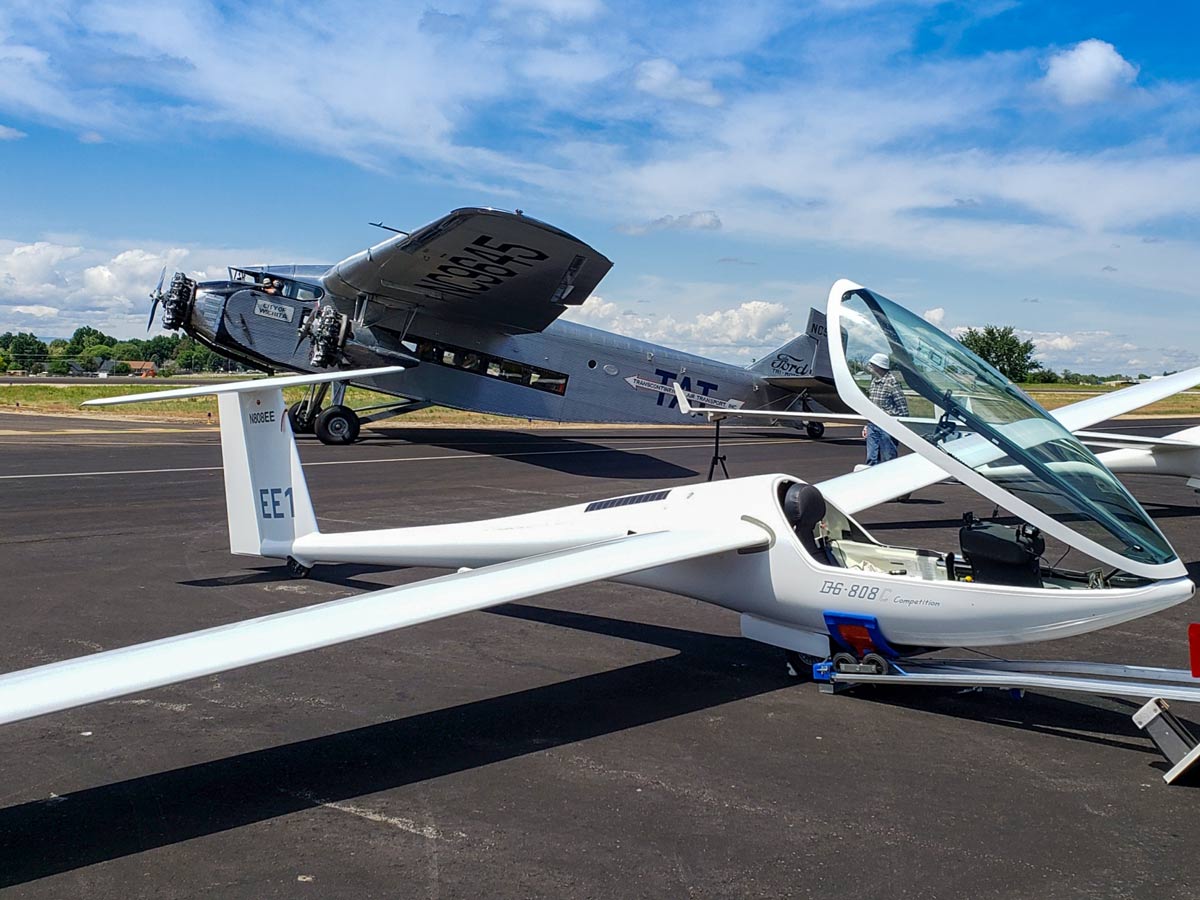Katabatic, Anabatic Winds & Coriolis!

Katabatic Wind
Have you ever heard of the term “mountain wind” or “drainage wind”? If you have this may help you put a ‘face’ to the name of the term Katabatic Winds. It can also be called a “gully wind”, those living at the bottom of the hills will be very familiar with the rather cool and sometimes very strong down-slope winds that occur. These winds can spring up during the evening as a result of nocturnal radiation, as you could imagine, as soon as the winds start flowing downhill, slope soaring of any kind will come to an end!
I first experienced this phenomenon when I was crewing for my father at Narromine pre-solo years, the wind was always strong and cool in the morning as the air sank down from the nearby higher ground. Fortunately, the locals would always say, once the thermals start for the day, the winds will die down to a normal strength.
What is the other side of this story, can there be a positive effect on gliding conditions? The answer is yes! Katabatic winds often displace the slightly warmer air in the centre of the valley, usually resulting in smooth lift of a few knots on a large scale. I experienced this in Slovakia when coming home on a tough day from the North into Prievidza. The slopes suddenly stopped working and seemed that it was going to be one long glide to the foothills, followed by an outlanding. So I decided to make a 90* turn into the valley to overfly a town in the sun, I was rewarded with gentle lift and was one of the few to complete the task this day – a great feeling as you could imagine!
Anabatic wind
“Anabatic wind” is simply the opposite, it describes the airflow moving upslope. As soon as the sun has heated the ground sufficiently, the air near the upslope becomes less dense and starts flowing uphill from the heated air nearby. This typically happens where there is bare soil or over rocky outcrops. Typically this effect is confined to a shallow layer, however, it doesn’t seem to matter as it is usually enough to support any wind-generated ridge lift. Perhaps this is why we can get such early starts when at the FCC, the wind is calm on the ground, though it’s possible to ridge soar as the wind picks up at altitude, closely related to the Anabatic winds helping from below!
Coriolis Effect
I’ll end on the “Coriolis Effect”, which is where the wind changes direction with increasing altitude. In the Southern hemisphere, we can rely on the wind “backing” with altitude. ie, the wind changes in an anti-clockwise direction. It is known as “veering” when it is clockwise. So when I have my back to the wind, we can assume that the wind at ridge-top level is blowing further from our right. As you could imagine, this helps us build the picture of the soaring conditions for the day and what to expect, what ridges will be working, and how. The opposite is true in the Northern Hemisphere .
I hope these three terms help you in some way during your soaring career, they’re certainly at the forefront of my mind with regards to my soaring knowledge toolkit once again!
Safe circles (or figure of eights!),
Adam Woolley
Banner photo by Sean Franke




